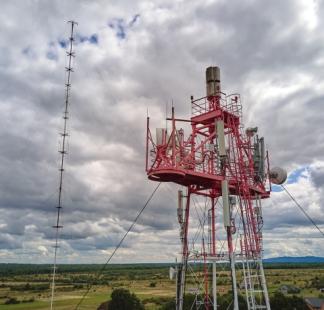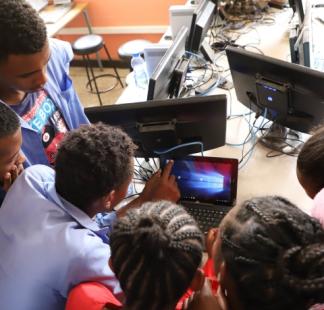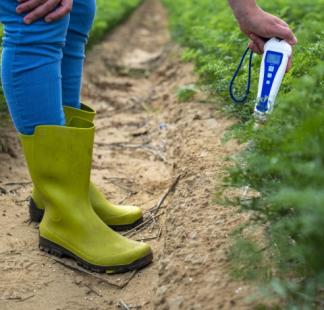- Fanny Rotino
Introductory
Event Organizer(s)

Description
This course engages parents in understanding the nature of children's online engagements, focusing on reducing risks and safeguarding children online.
Parents who have a basic knowledge of ICT skills, can take courses online and who have completed the ITU’s introductory course on child online protection.
Completed the ITU’s introductory course on child online protection.
Upon completion of this course, participants will be able to:
- recognize signs of child online exploitation;
- avoid victimising children who were sexually exploited;
- understand the types of online risks and harm associated with the internet, and how children will react to such vulnerabilities;
- perform immediate actions to help children subjected to online violence;
The course is delivered using Rise modules with interactive activities like quizzes, drag and drop exercises, flipcards, etc. It will include video clips and images selected from ITU Partners as well as interactive exercises focusing on nurturing learners' critical thinking and problem-solving skills when using the internet.
A Self- Assessments exercises will have 10 questions, 10 points per each and 100 points in total. Total score higher than 70% is required to obtain the ITU digital badge.
Lesson 1 – Welcome to the course
Lesson 2 – The importance of learning about potential risks
Understanding the consequences of children’s online engagements and the difference between risky and harmful behaviours.
Lesson 3 – The 4Cs: Classifying Online Risk to Children
The 4C’s classification of online risks: Content, contact, conduct, and contract and the different natures of risks. how youth negotiate risks related to online abuse and exploitation.
Lesson 4 – Online Child Sexual Abuse and Exploitation (OCSAE)
Sexual education and online risks. Child Sexual Abuse and Exploitation. The issue of distinguishing between ‘online’ and ‘offline’ abuse and exploitation and what contributes to the growing risk of OCSAEs.
Lesson 5 –Types of OCSAE
Explaining the five types of OCSAE: Sexting and its consequences. Five stages of Online Grooming. Child Sexual Abuse Material (CSAM) and their impact on victims and non-offending family members. Live Streaming of child sexual abuse. Sextortion.
Lesson 6 - Responding and reporting
Understanding who is at risk. Preventive measures (the importance of building trust and staying alert; adoption of SMART internet rules). How to handle Child Abuse Disclosures and how to immediately respond to them. Reporting (inappropriate content, child abuse, etc.). Summary: guidelines for parents and caregivers











